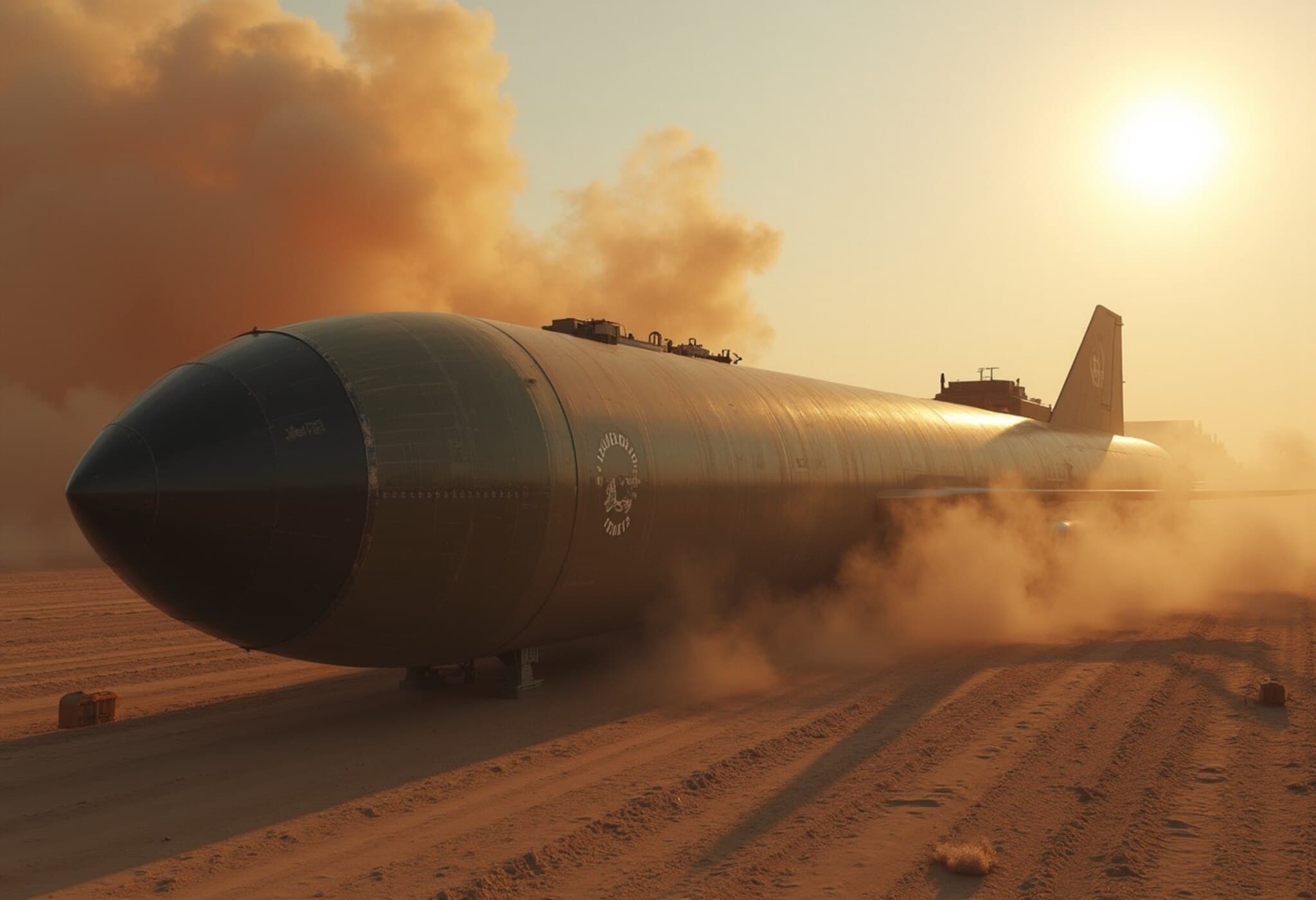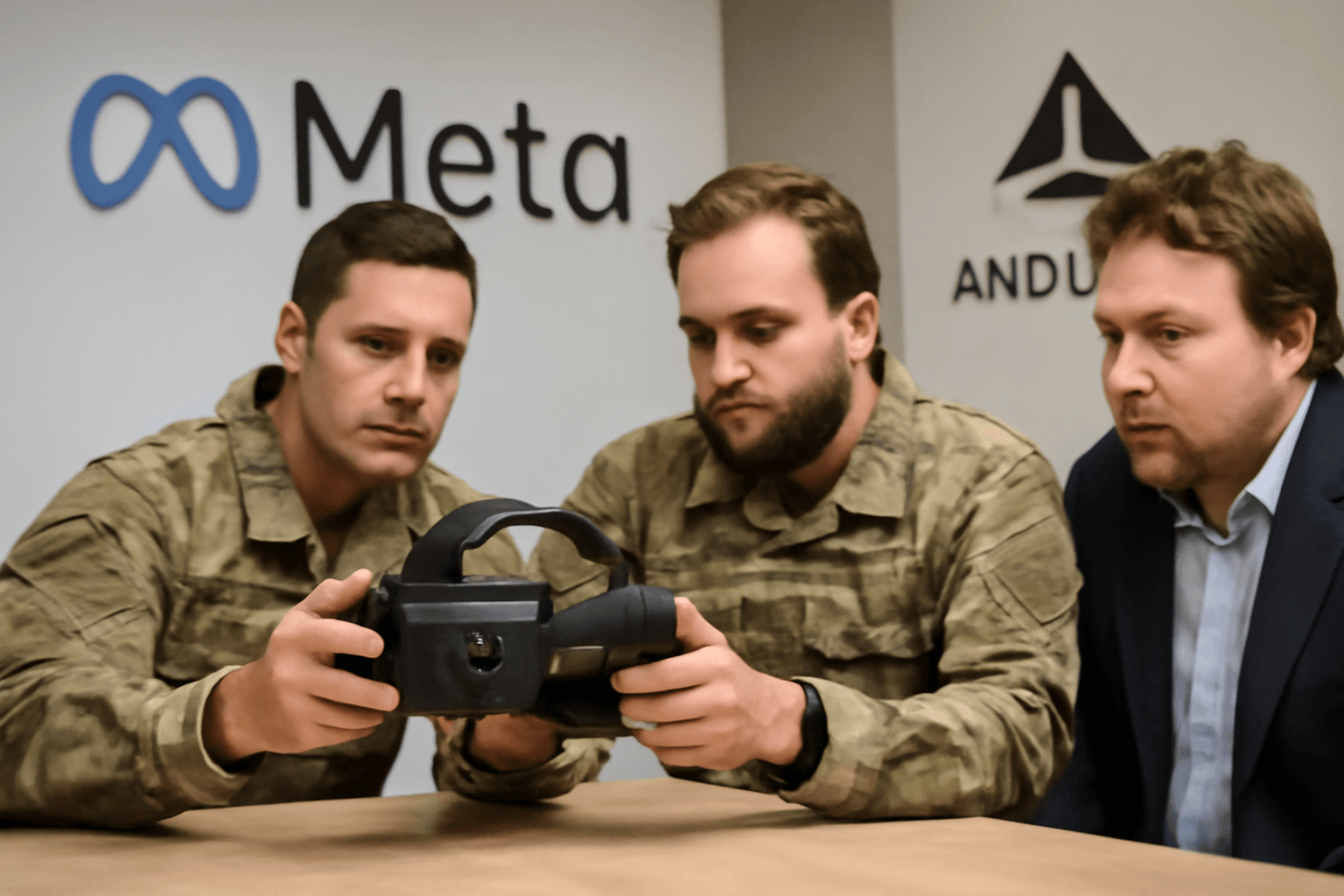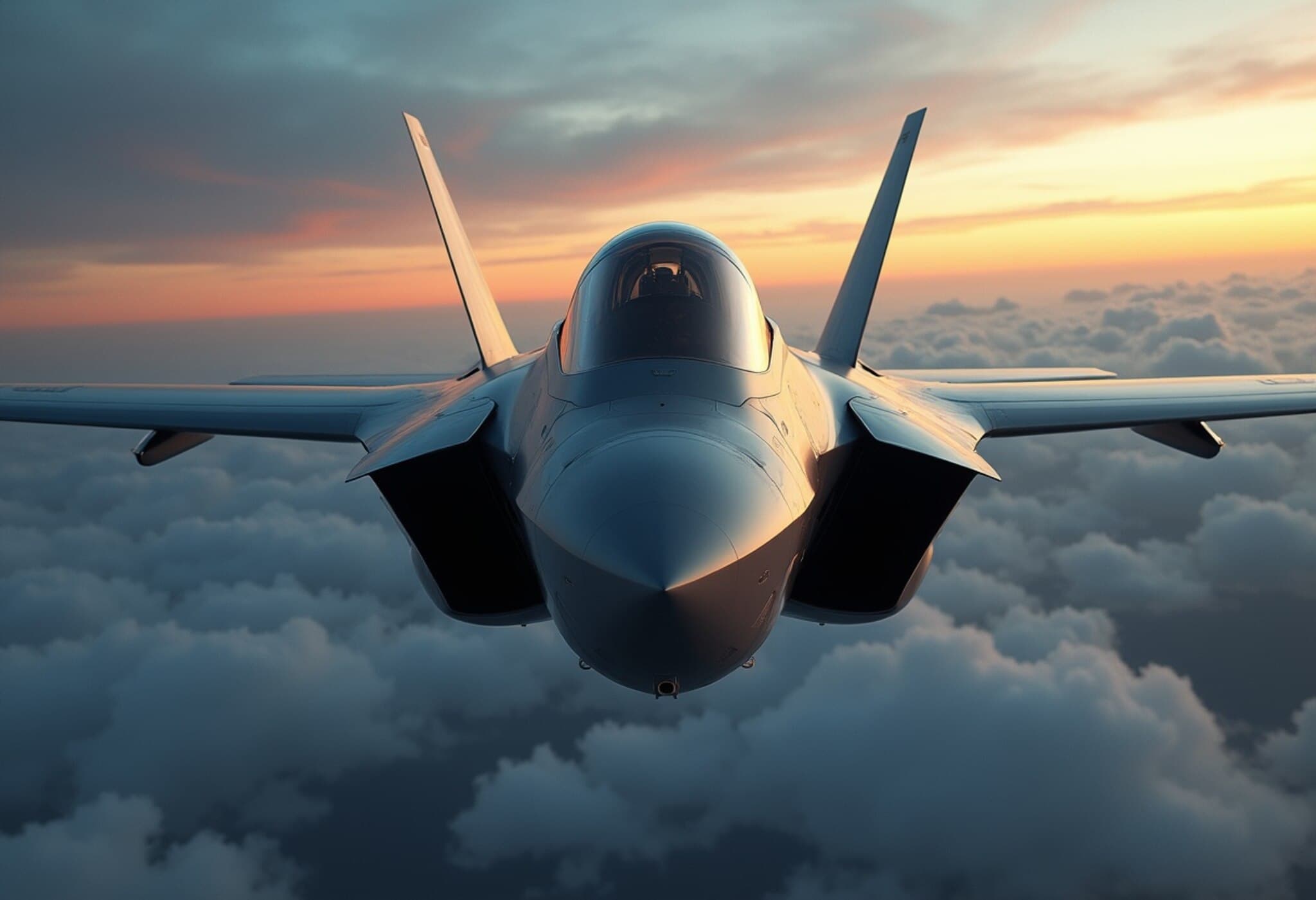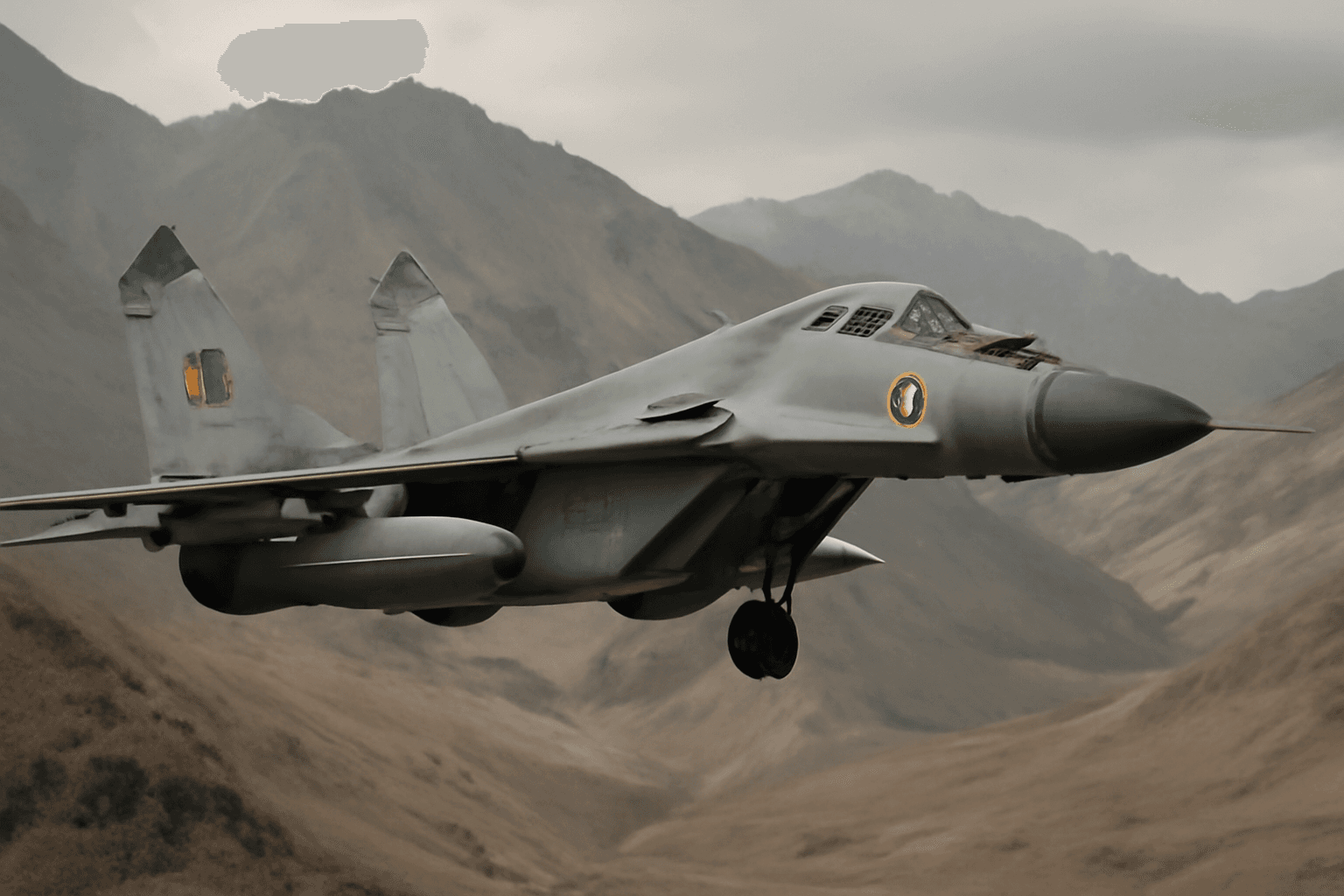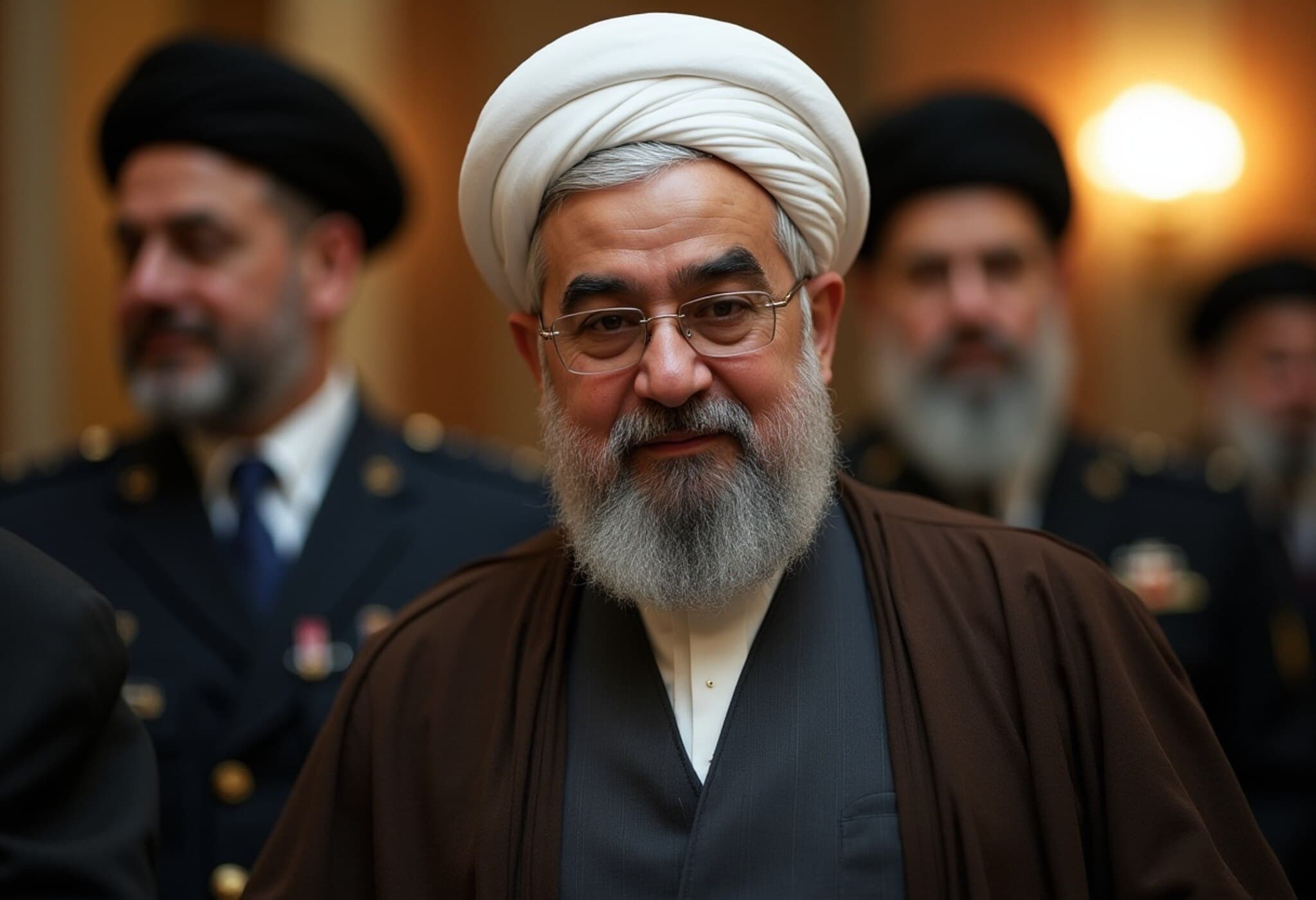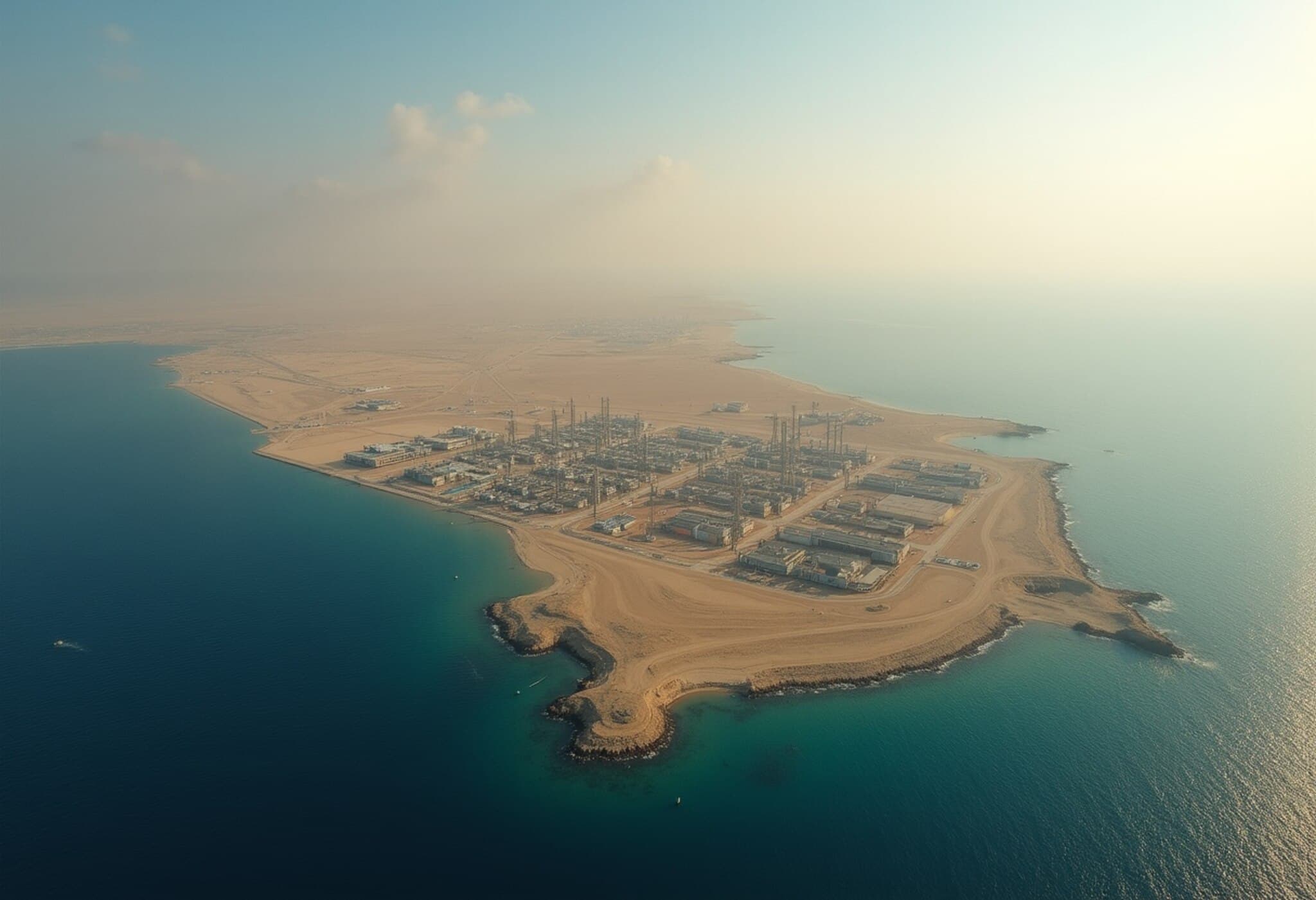The Crucial Role of the GBU-28 in Operation Desert Storm
Operation Desert Storm, which concluded on February 28, 1991, marked a significant turning point in military history. However, it was the deployment of a bunker-buster bomb, similar in class to the GBU-57, a day before the ceasefire that decisively ended the conflict. Nicknamed 'Cardinal 7-2,' this bomb targeted underground Iraqi facilities, effectively shattering Saddam Hussein's final strongholds.
The Making of the Ultimate Earth-Penetrating Weapon
During the intense 42-day campaign, coalition forces relentlessly bombarded Iraqi defenses. Saddam Hussein and his commanders were forced to take refuge in underground bunkers, some buried more than 50 feet deep beneath Baghdad. Prior precision-guided munitions such as the BLU-109 were insufficient, penetrating concrete only up to four to six feet. This impasse prompted a call for a new weapon that could reach deeper and neutralize these subterranean command centers.
An Ingenious Engineering Feat
American engineers, military personnel, and contractors at Lockheed Martin collaborated swiftly. In an impressive feat, the GBU-28 was conceptualized and developed within a mere four weeks. Utilizing the casing from 8-inch Army howitzer barrels, the bomb was designed to withstand the immense forces upon impact with reinforced concrete.
The weapon’s design included a 4,400-pound warhead combined with an FMU-143 fuse enabling delayed detonation after penetrating hardened underground targets. To ensure delivery precision, a laser-guidance kit and aerodynamic stabilization fins were incorporated. After successful tests in Nevada, where the bomb penetrated targets over 100 feet underground, it was rapidly deployed.
The Decisive Strike on February 27, 1991
On the eve of the Gulf War’s end, two GBU-28 bombs were transported to Taif, Saudi Arabia. Missions were assigned to two F-111 Aardvark fighter jets — code-named 'Cardinal 7-1' and 'Cardinal 7-2.' Their target was the fortified Al Taji airbase near Baghdad, which had previously withstood attacks.
While the first aircraft narrowly missed, the second pilot recalibrated and succeeded in striking the underground bunker. Visible smoke from vents confirmed a massive explosion deep below, signaling the destruction of one of Saddam’s key command hubs.
This strike delivered a psychological blow, eroding Iraqi morale. The intense damage and fear instigated by the GBU-28's capability contributed significantly to Saddam Hussein’s forces surrendering the very next day.
Legacy and Continued Use
Since its debut, the GBU-28 has been used in various conflicts, including operations in Yugoslavia, the 2003 Gulf War, and Afghanistan. In a notable development, Israel became the first international purchaser of this bomb in 2005, intending to address concerns over neighboring Iran's nuclear ambitions.
Modern Echoes: The GBU-57 and Iran
Fast forward to recent events, the GBU-57, regarded as an advanced variant of the GBU-28, has been employed in strikes targeting Iran’s underground nuclear facilities. The US administration hailed these attacks as causing "monumental damage" and "obliteration" of key sites, although satellite imagery suggested Iran may have moved critical nuclear material beforehand.
Amidst discussions of regime change, the focus remains on disabling underground military and nuclear infrastructure, a strategy reminiscent of the Gulf War’s success. Meanwhile, Iran continues to respond through missile attacks, heightening regional tensions.
Conclusion: A Game-Changer in Precision Warfare
The rapid engineering and deployment of the GBU-28 marked a paradigm shift in bunker-busting technology, showcasing American ingenuity under pressure. Its legacy extends beyond the Gulf War, influencing modern strategies to neutralize hardened underground targets—an enduring testament to how innovation can alter the course of conflict.

